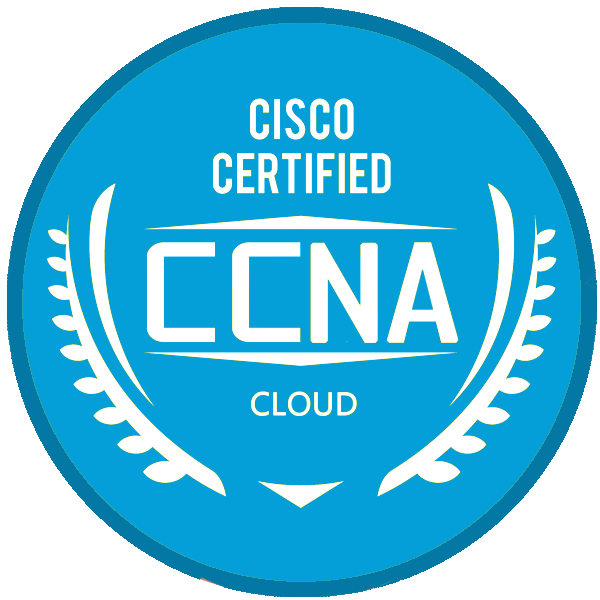210-451 CLDFND Exam
This CCNA CLOUD tests a candidate's knowledge of Cloud characteristics and deployment models including Cisco InterCloud; the basics of Cisco Cloud infrastructure i.e. Unified Compute, Unified Fabric, and Unified Storage. The following topics are general guidelines for the content likely to be included on the exam. However, other related topics may also appear on any specific delivery of the exam. In order to better reflect the contents of the exam and for clarity purposes, the guidelines below may change at any time without notice.electronic typesetting, remaining essentially unchanged. It was popularised in the 1960s with the release of Letraset sheets containing Lorem Ipsum passages, and more recently with desktop publishing software like Aldus PageMaker including versions of Lorem Ipsum.
1.1 Describe common cloud characteristics 1.1.a On-demand self service 1.1.b Elasticity 1.1.c Resource pooling 1.1.d Metered service 1.1.e Ubiquitous network access (smartphone, tablet, mobility) 1.1.f Multi-tenancy 1.2 Describe Cloud Service Models 1.2.a Infrastructure as a Service (IaaS) 1.2.b Software as a Service (SaaS) 1.2.c Platform as a Service (PaaS)
2.1 Describe cloud deployment models 2.1.a Public 2.1.b Private 2.1.c Community 2.1.d Hybrid 2.2 Describe the Components of the Cisco Intercloud Solution 2.2.a Describe the benefits of Cisco Intercloud 2.2.b Describe Cisco Intercloud Fabric Services
210-455 CLDADM Exam
This CCNA CLOUD tests a candidate's knowledge of the basics of Cisco Cloud administration including Cloud provisioning, management, monitoring, reporting, charge-back models, and remediation. The following topics are general guidelines for the content likely to be included on the exam. However, other related topics may also appear on any specific delivery of the exam. In order to better reflect the contents of the exam and for clarity purposes, the guidelines below may change at any time without notice
1.1 Configure users/groups and role-based access control in the portal, including basic troubleshooting 1.1.a Describe default roles 1.1.b Configure new user with single role 1.1.c Describe multirole user profiles 1.1.d Configure a user profile 1.2 Perform virtual machine operations 1.2.a Configure live migrations of VMs from host to host 1.2.b Edit VM 1.2.c Configure VM snapshots 1.2.d Describe reverting a VM to a snapshot 1.3 Deploy virtual app containers 1.3.a Provide basic support and troubleshoot app container with firewall, networking, and load balancer
2.1 Describe the chargeback model 2.1.a Describe chargeback features 2.1.b Describe budget policy 2.1.c Describe cost models 2.1.d Describe adding a cost model to a tenant 2.2 Generate various reports for virtual and physical accounts 2.2.a Execute billing reports 2.2.b Execute a system utilization reporting 2.2.c Execute a snapshot report
is simply dummy text of the printing and typesetting industry. Lorem Ipsum has been the industry's standard dummy text ever since the 1500s, when an unknown printer took a galley of type and scrambled it to make a type specimen book. It has survived not only five centuries, but also the leap into electronic typesetting, remaining essentially unchanged. It was popularised in the 1960s with the release of Letraset sheets containing Lorem Ipsum passages, and more recently with desktop publishing software like Aldus PageMaker including versions of Lorem Ipsum.

